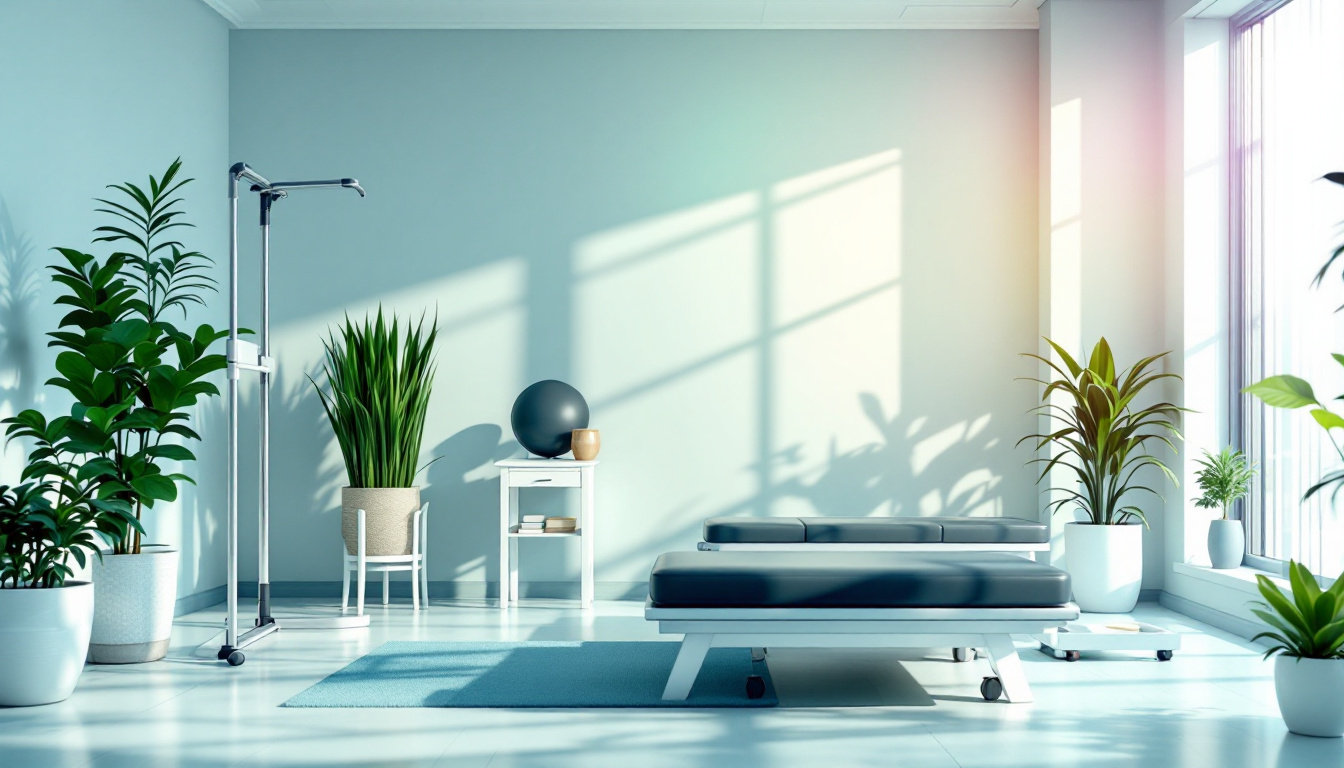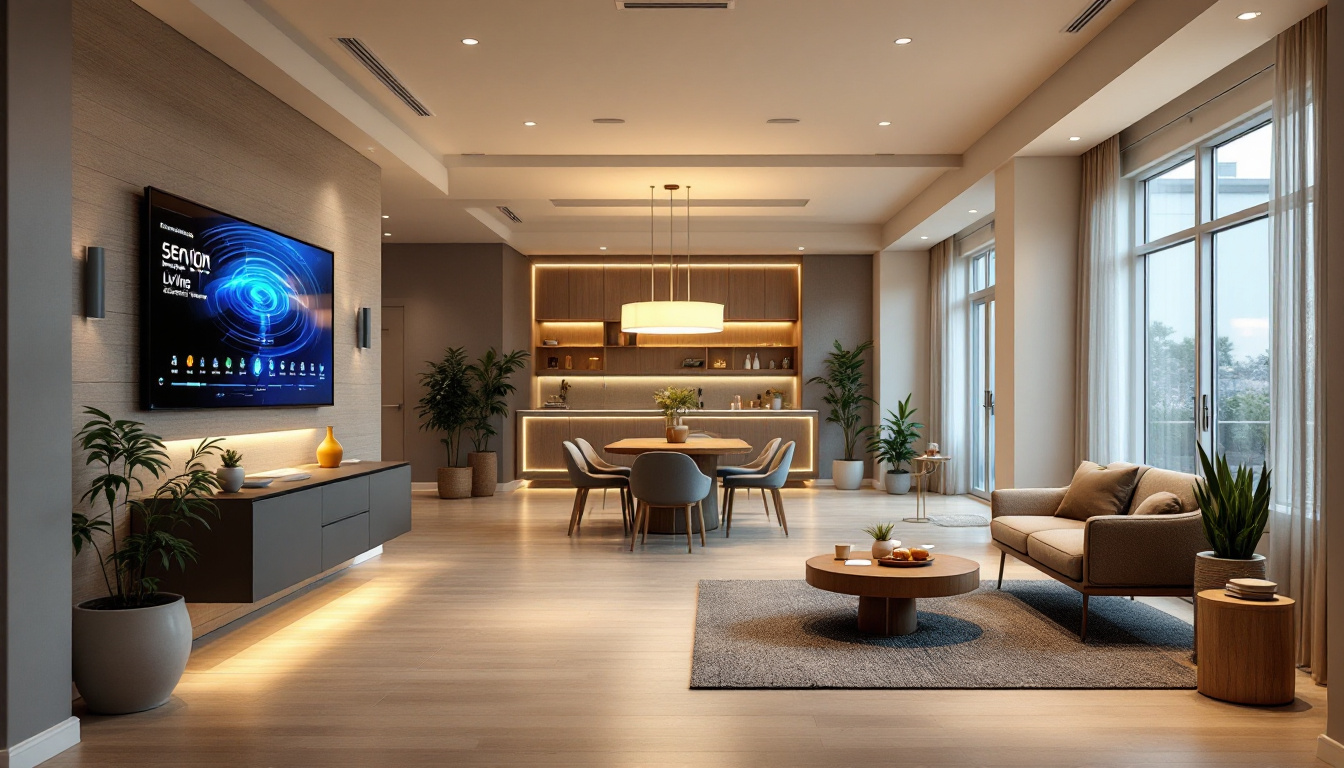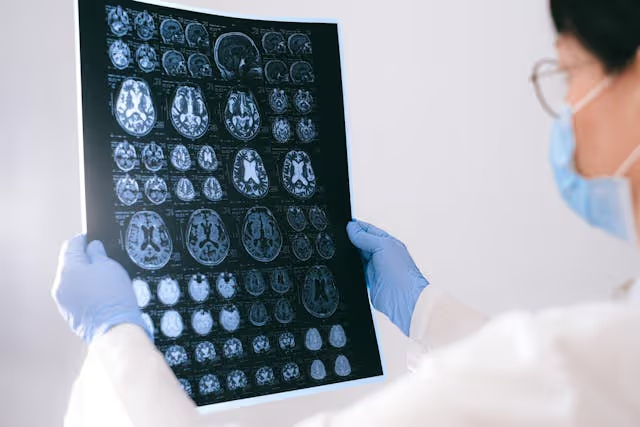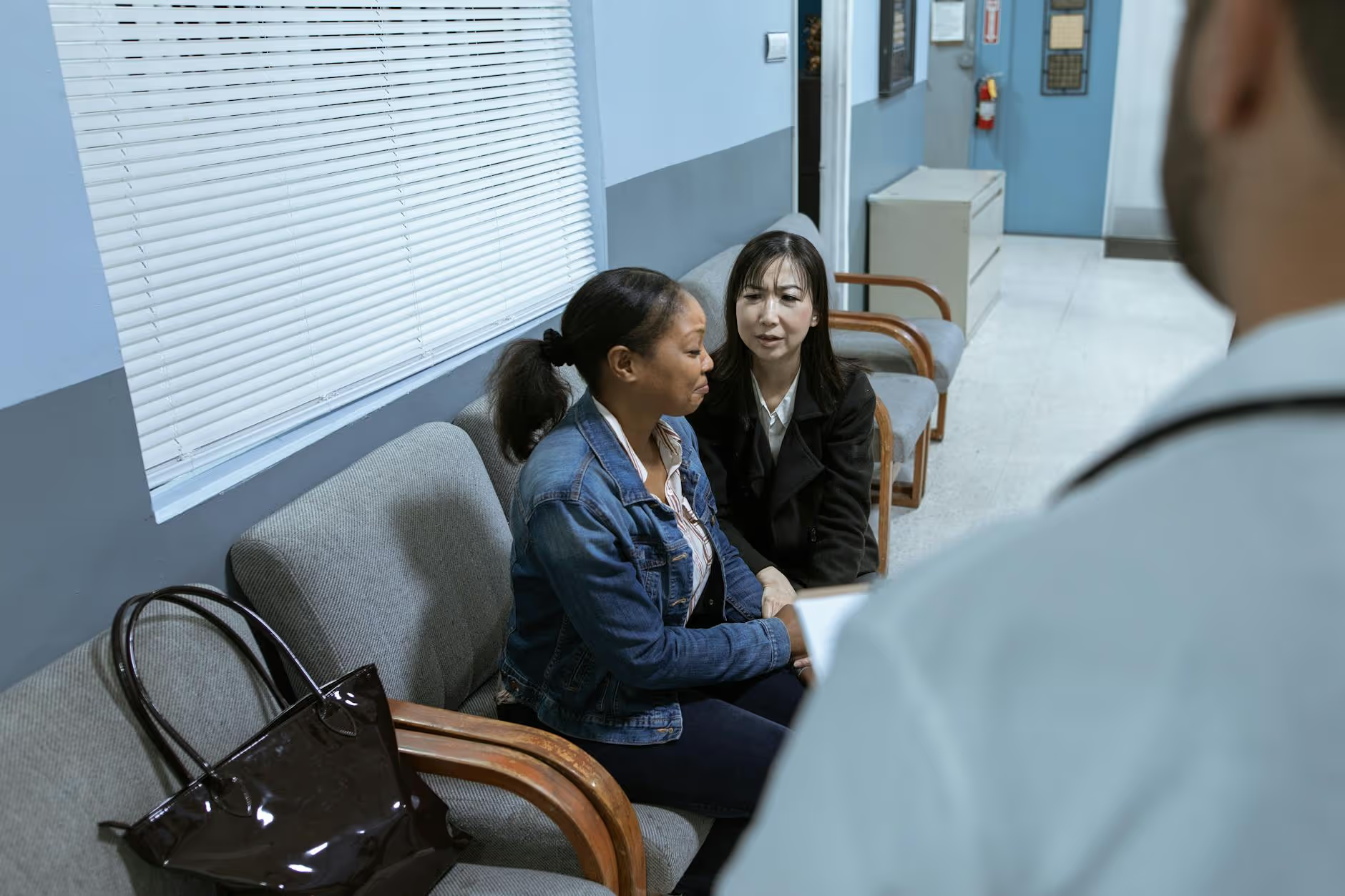Must-Have Assistive Devices for Enhanced Senior Safety
March 30, 2025
Discover essential assistive devices for senior safety and independence. Unlock peace of mind with these must-haves!


Importance of Assistive Devices for Seniors
In the realm of senior care, assistive devices play a pivotal role in ensuring the well-being and safety of elderly individuals. These devices are designed to not only enhance senior safety and security but also to promote and preserve their independence and autonomy.

Enhancing Senior Safety
One of the primary reasons why assistive devices are indispensable for seniors is their ability to enhance safety in various aspects of daily life. These devices are specifically tailored to address common safety concerns that seniors may face, such as the risk of falls, medical emergencies, and accidents at home.

By providing quick access to assistance and support, these devices significantly reduce the response time in critical situations, ensuring that seniors receive timely help when needed.
Maintaining Independence
Apart from enhancing safety, assistive devices play a crucial role in supporting seniors to maintain their independence and autonomy. These devices enable seniors to perform daily tasks more efficiently and with greater ease, thereby fostering a sense of self-sufficiency and self-reliance.

By incorporating assistive devices into their daily routines, seniors can continue to lead independent and fulfilling lives, with the reassurance that they have the necessary support and resources to navigate challenges and obstacles effectively.
Must-Have Assistive Devices
When it comes to enhancing senior safety and promoting independence, certain assistive devices play a crucial role. These must-have devices cater to various needs and help seniors navigate daily life with confidence. The key assistive devices that are essential for enhanced senior safety include personal emergency response systems (PERS), mobility aids, and medication management devices.
Personal Emergency Response Systems (PERS)
Personal Emergency Response Systems, commonly known as PERS, are designed to provide immediate assistance in case of emergencies. These wearable devices or home-based systems allow seniors to call for help at the press of a button, connecting them to a monitoring center or emergency services.
PERS devices often come with features like fall detection and GPS tracking, ensuring that help can be summoned quickly, even if the senior is unable to initiate a call. By enabling prompt response to accidents or health incidents, PERS devices offer peace of mind to seniors and their loved ones.
Mobility Aids
Mobility aids are instrumental in assisting seniors with movement and maintaining their independence. These devices range from canes and walkers to wheelchairs and scooters, catering to varying degrees of mobility impairment. By providing support and stability, mobility aids help seniors navigate their surroundings safely and comfortably.
Choose the appropriate mobility aid based on the senior's mobility requirements, ensuring a proper fit and functionality. Regular maintenance and adjustments may be necessary to optimize the performance and longevity of these devices.
Medication Management Devices
Medication management devices are indispensable for seniors who require assistance in organizing and remembering their medication routines. These devices come in various forms, such as pill organizers, automatic dispensers, and medication reminder systems, to help seniors adhere to their prescribed medication schedules.
By utilizing medication management devices, seniors can reduce the risk of medication errors, missed doses, and potential health complications. These devices contribute to optimal health management and ensure that seniors take the right medications at the right time.
Incorporating personal emergency response systems, mobility aids, and medication management devices into a senior's daily routine can significantly enhance their safety, well-being, and quality of life. When selecting these assistive devices, consider the individual needs and preferences of the senior to create a supportive and empowering environment tailored to their unique requirements.
Home Safety Devices
When it comes to enhancing senior safety at home, incorporating specific assistive devices is crucial. Home safety devices aim to create a secure environment for seniors, reducing the risk of accidents and promoting independence. Three essential home safety devices for seniors are grab bars and handrails, smart home technology, and fall detection devices.
Grab Bars and Handrails
Grab bars and handrails are fundamental home safety devices that provide stability and support for seniors as they move around their living spaces. These devices are typically installed in areas prone to slips and falls, such as bathrooms, hallways, and staircases. By offering a steady grip, grab bars and handrails help seniors navigate their surroundings with confidence and reduce the likelihood of accidents.

Smart Home Technology
Smart home technology is revolutionizing senior safety by incorporating features that enhance convenience and security. From smart lighting and thermostats to voice-activated assistants, these devices are designed to make daily tasks easier for seniors. Smart home devices can also include motion sensors, security cameras, and remote monitoring systems to provide added layers of safety and peace of mind for both seniors and their caregivers.

Fall Detection Devices
Fall detection devices are essential for seniors at risk of falls, especially those living alone. These devices are designed to automatically detect falls and trigger an alert, notifying caregivers or emergency services for immediate assistance. Fall detection devices can come in the form of wearables, pendants, or home sensors, providing seniors with a sense of security and ensuring prompt response in case of an emergency.

By incorporating these must-have home safety devices, seniors can create a secure and supportive living environment that promotes independence and peace of mind. Careful consideration of individual needs and preferences, along with professional guidance, can help in selecting the most suitable assistive devices for enhanced senior safety at home.
Communication Devices
In the realm of assistive devices for seniors, communication devices play a pivotal role in ensuring connectivity and accessibility. These devices cater to various aspects of communication needs for seniors, enhancing their quality of life and ease of interaction. The key communication devices include amplified phones, hearing aid accessories, and voice-activated assistants.
Amplified Phones
Amplified phones are designed to address age-related hearing loss by boosting the volume of incoming calls. These phones feature adjustable volume settings and tone control, making it easier for seniors with hearing impairments to communicate effectively over the phone. Amplified phones often come with features like large buttons, caller ID displays, and speakerphone options for added convenience.

Hearing Aid Accessories
Hearing aid accessories complement the functionality of hearing aids, helping seniors optimize their hearing experience in different environments. These accessories include devices like Bluetooth streamers, remote controls, and telecoils, which connect wirelessly to hearing aids and enhance sound perception. By utilizing hearing aid accessories, seniors can better engage in conversations, listen to music, and enjoy audio content with improved clarity.

Voice-Activated Assistants
Voice-activated assistants are smart devices that respond to voice commands, assisting seniors with daily tasks, reminders, and information retrieval. These assistants, such as virtual assistants and smart speakers, provide hands-free operation and facilitate easy communication for seniors. By simply using voice commands, seniors can make calls, send messages, set alarms, and access a wealth of information through these intuitive devices.

By incorporating these communication devices into the lives of seniors, caregivers can support their connectivity, accessibility, and overall well-being, fostering independence and social engagement in their daily routines.
Monitoring Devices
Monitoring devices play a crucial role in ensuring the safety and well-being of seniors by providing real-time tracking and assistance when needed. In this section, we will explore three essential monitoring devices: activity trackers, medical alert systems, and GPS trackers tailored for seniors.
Activity Trackers
Activity trackers are wearable devices designed to monitor and track the daily physical activity levels of seniors. These devices record important data such as the number of steps taken, distance traveled, calories burned, and even sleep patterns. By keeping a close eye on these metrics, seniors can stay motivated to lead a more active lifestyle and caregivers can monitor their well-being.

Medical Alert Systems
Medical alert systems are lifesaving devices that provide seniors with instant access to emergency assistance at the touch of a button. These systems typically consist of a wearable alert button or pendant connected to a base unit. In case of an emergency or fall, seniors can press the alert button to communicate with a professional monitoring center or designated contacts for immediate help.

GPS Trackers for Seniors
GPS trackers are invaluable devices for seniors who may wander or have cognitive impairments such as dementia. These trackers use GPS technology to provide real-time location information, allowing caregivers to easily locate and ensure the safety of seniors. Some GPS trackers also offer additional features like geofencing alerts and historical location tracking for added peace of mind.

By incorporating these monitoring devices into a senior's daily routine, caregivers and family members can enhance senior safety and provide reassurance that help is always within reach. It's important to carefully select monitoring devices that cater to the specific needs and preferences of the seniors to maximize their safety and well-being.
Considerations when Choosing Assistive Devices
When selecting assistive devices for senior safety, there are important considerations that should be taken into account to ensure the devices meet the individual needs of seniors, are user-friendly, and are compatible with their lifestyle. Customizing devices, ensuring ease of use, and seeking professional guidance are key factors to consider.
Customizing Devices to Individual Needs
One of the primary considerations when choosing assistive devices for seniors is customization based on their specific needs and abilities. Each senior may have unique challenges and requirements, so it's essential to tailor the devices to address those specific needs. By customizing the devices, seniors can effectively utilize them to enhance their safety and independence.
Ensuring Ease of Use and Compatibility
Another crucial aspect to consider is the ease of use and compatibility of the assistive devices. Seniors should be able to operate the devices comfortably without encountering complexities or difficulties. The devices should be user-friendly, with clear instructions and intuitive interfaces to promote independent usage. Additionally, the devices should be compatible with other existing technologies or equipment that seniors may already have to ensure seamless integration into their daily routine.
Seeking Professional Guidance
When navigating the vast array of assistive devices available in the market, it's advisable for seniors and their caregivers to seek professional guidance. Healthcare professionals, therapists, or assistive technology specialists can offer valuable insight and recommendations based on the specific needs and limitations of seniors. Consulting with professionals can help in selecting the most suitable devices that align with seniors' safety requirements and lifestyle preferences.
By considering these factors when choosing assistive devices for senior safety, individuals can make informed decisions that prioritize the well-being and autonomy of seniors. Customizing devices to individual needs, ensuring ease of use and compatibility, and seeking professional guidance play pivotal roles in enhancing the effectiveness and usability of assistive devices for seniors.
Sources
https://getjubileetv.com/blogs/jubileetv/adaptive-equipment-for-elderly-seniors?srsltid=
https://www.ncbi.nlm.nih.gov/books/NBK310951/






































































































































































































































































.avif)























































.jpeg)

































































.jpeg)














.jpg)









































.jpeg)









































































.avif)




.avif)

















































.avif)







































































































































































